Whether you already own a dehydrator that doesn’t see enough use, you’re considering buying one and want to know how useful it will be, or even if you own one that sees plenty of use but you’d like to learn more about other ways to use your dehydrator, this article is for you!
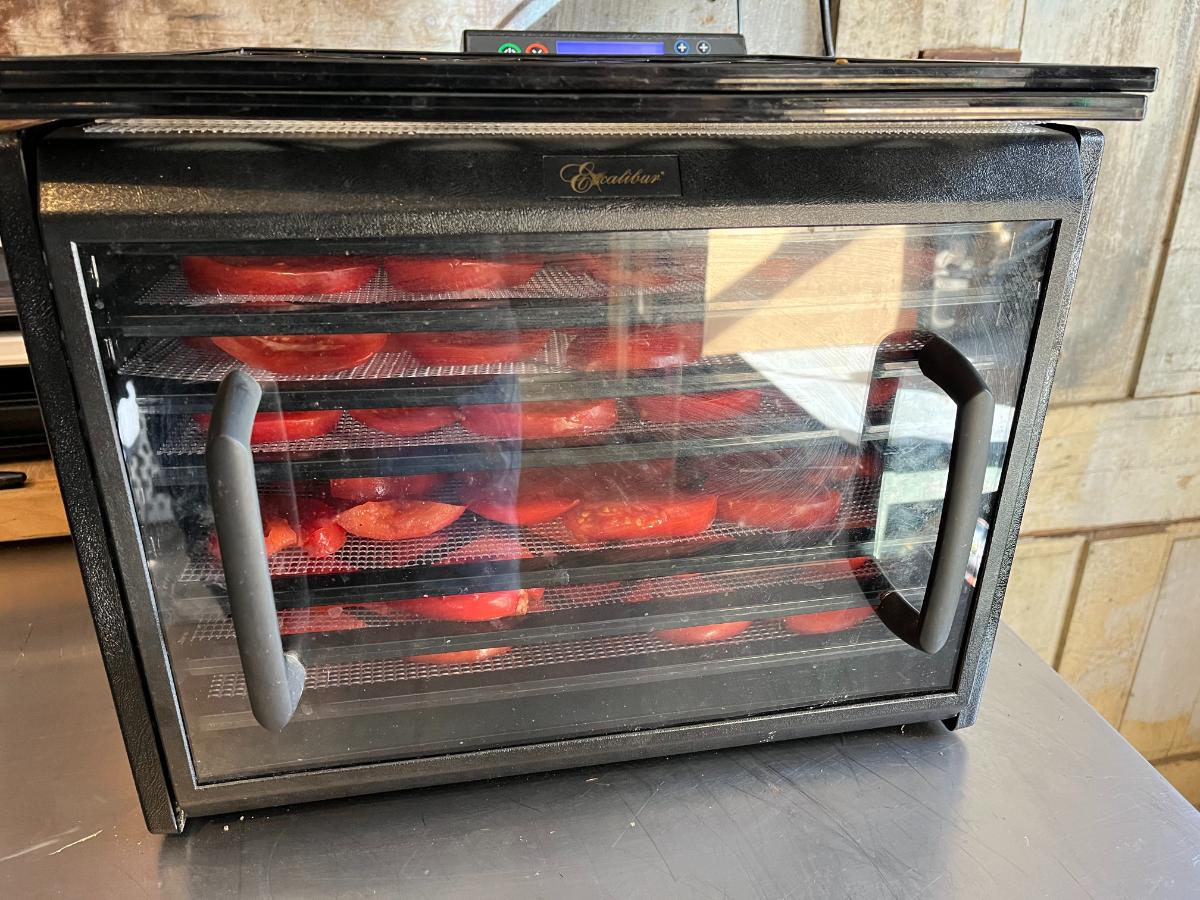
Jump to:
- That dehydrator might be more worth the money than you even realized
- 1. Crafts
- 2. Drying Flowers
- 3. Drying Potpourri
- 4. Seed Saving
- 5. Drying Grains
- 6. Curing Nuts
- 7. Drying Other FoodStuffs
- 8. Bread Proofing
- 9. Making Yogurt
- 10. Recrisping Softened Baked Goods and Groceries
- 11. Pet Treats
- 12. Dry Clay Projects (Good for kids’ crafts, bead making, and more)
- Bonus: Quick Dry Hats and Mittens and Get Back Outside!
- More Ways Than One to Use a Home Dehydrator
That dehydrator might be more worth the money than you even realized
You might think that investing in a home dehydrator is a tough expense to justify. After all, there may be many months of the year when you may not need it for drying fruits and vegetables.
Summer and fall harvest times are the times of the year when you are most likely to be putting your dehydrator to more regular use when you have a lot of produce to preserve.
There are a lot of ways you can use a household dehydrator, though, and a lot of them are not related to food preservation at all. If you look at some of the less common uses for a dehydrator, you might soon find that it’s a far more valuable and useful piece of equipment than you’d ever expected it to be.
From saving money on repurposed groceries to finding new craft projects, there’s a lot you can do with your dehydrator -- many things you probably never even thought about!
What are some good “other” ways to put your dehydrator to work?
1. Crafts

If you love crafting, you’ll love knowing that a dehydrator can be a handy crafting tool to have.
Dehydrators can run at very low temperatures and with fans that won’t blow or overdry your items. They’re especially good for helping to set and dry projects in a timely manner. That can help you ensure that your project doesn’t become misshapen while it dries, ensure that it dries properly without risking mold or mildew, or set it to protect it.
Drying crafts in a dehydrator can also get you to the next step faster, moving your projects along more efficiently (letting you get to more crafting and production!).
Here are a few ways to use your dehydrator to speed up or protect crafts:
- Evenly dry dough ornaments, like salt dough or applesauce and cinnamon dough ornaments, may reduce cracking
- Dry pomander balls before they might mold
- Dry paintings or painted items
- Glued items
- Set Mod Podge or collage coats
- Set starches to stiffen textiles
- Help dry blocked crocheted or knitted items more quickly
2. Drying Flowers
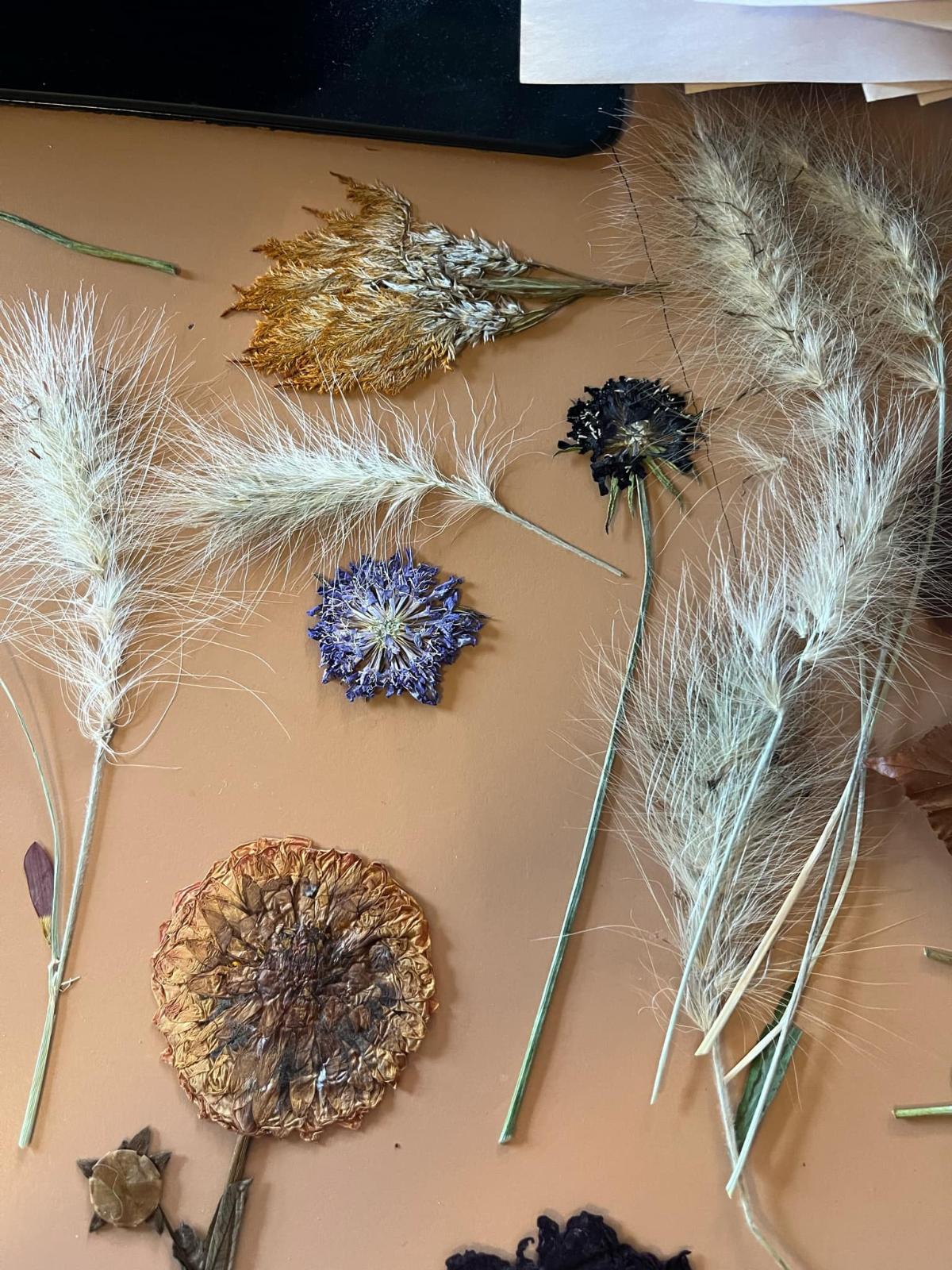
Flowers are a lot like vegetables. Really, they’re all plants or parts of plants, so they’re mostly the same.
A dehydrator is a good way to dry flowers more quickly. It can take weeks for flowers to air dry, and if the humidity is high or the conditions aren’t right, flowers can get molded or mildewed, discolor, or get marked from slow drying.
A dehydrator, however, will speed the process up to under one day. There are a lot of benefits to using a dehydrator to dry flowers instead of hanging and air drying:
- Flowers are less likely to drop petals because they will firm up and dry in a short time
- Color is better preserved
- Flowers dry more quickly, so you can move on to crafting and arranging with them
To use a dehydrator to dry flowers, follow your dehydrator’s herb settings. The right setting for drying herbs, and therefore flowers, is a low setting of around 95 to 100 degrees Fahrenheit (35 to 38 C).
3. Drying Potpourri
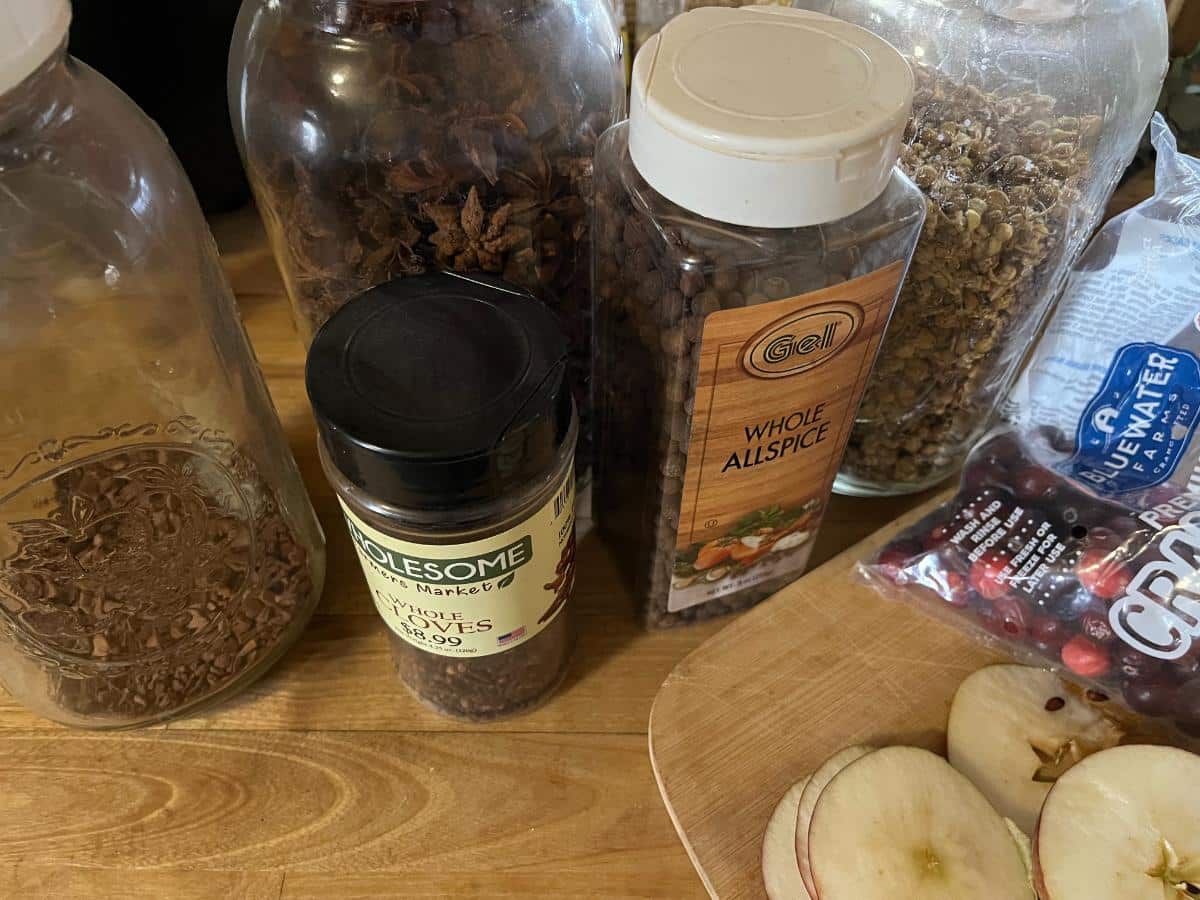
Use your dehydrator to make potpourri.
There are a couple of ways you can go about this.
First, you could dry different types of fruits, flowers, herbs, or scented items separately and then mix them together to create a potpourri.
Another option, which is often better scent-wise, is to first infuse or coat the different ingredients you’re using (like pumpkin slices, apples, cranberries, citrus fruits, etc.) with a coating of spices and then dry them in the dehydrator.
This second option often has a stronger scent to give off.
By the way -- it’s great for making simmer pot kits, too!
4. Seed Saving
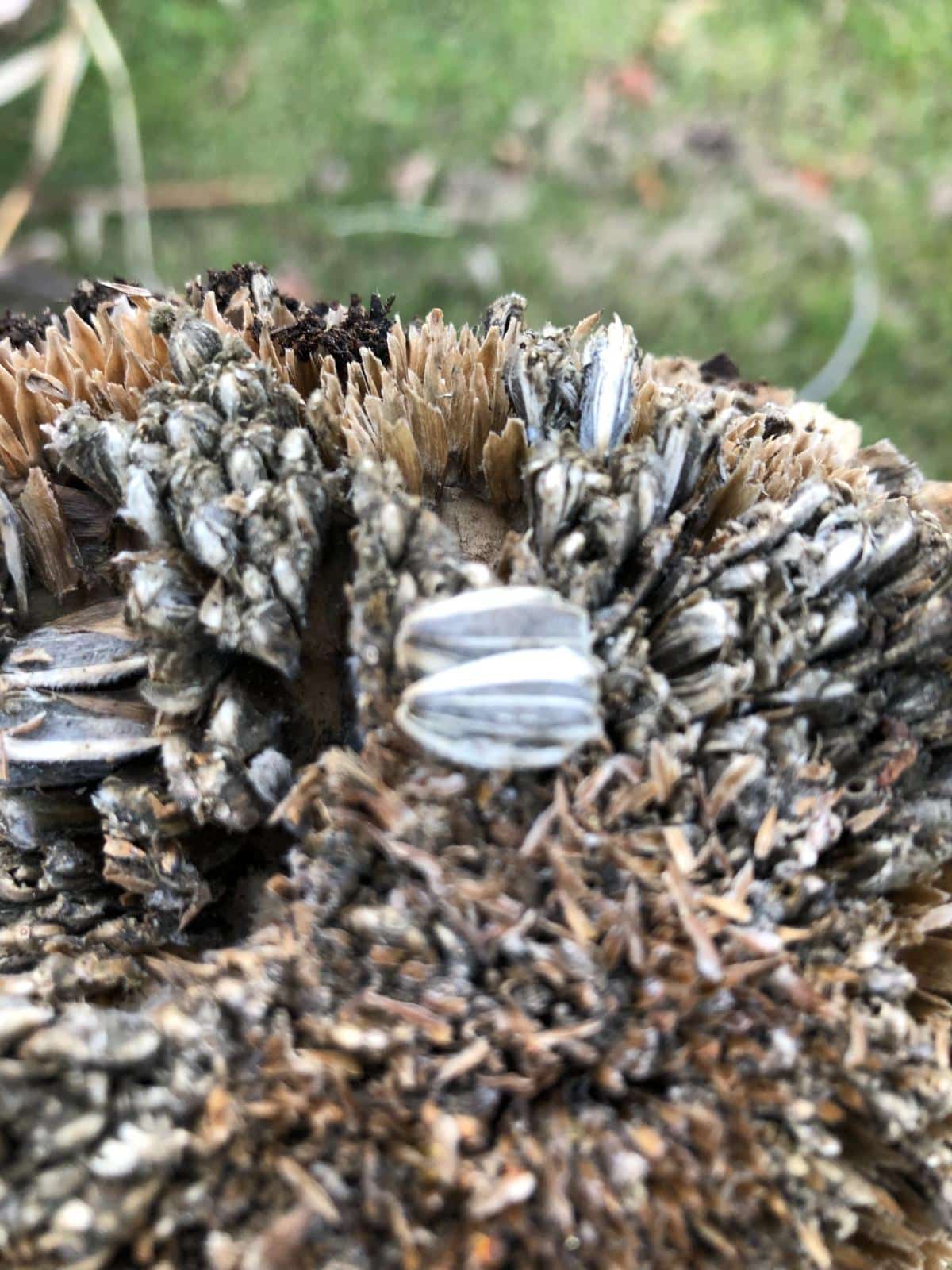
Seed saving is a great way to gain control over your seed supply. It makes you more self-sufficient and makes your garden more sustainable.
Saving your own seeds also allows you to select for the best performance in your garden and location. You can select for desirable traits, such as cold hardiness or disease resistance.
Seeds need to be very dry for saving. But mother nature doesn’t always cooperate, and in a rainy season or humid conditions, it can be hard to dry seeds down enough to store safely.
This is where your dehydrator comes in. Use it on its lowest setting until the seeds are dry. Dry to the point of brittleness.
5. Drying Grains

This is similar to drying and saving seeds.
If you grow grains or other vegetables for drying -- things like dried beans, peas, and legumes -- they might also be difficult to get out of the garden at the right time and the right levels of dryness.
Hanging and drying inside takes a lot of time and space.
The solution? Finish the drying in the dehydrator!
This is basically a DIY home version of what big growers do when they harvest in the field. They run the grain or seed through large dryers before it goes into storage. Your dehydrator can do that for you!
6. Curing Nuts
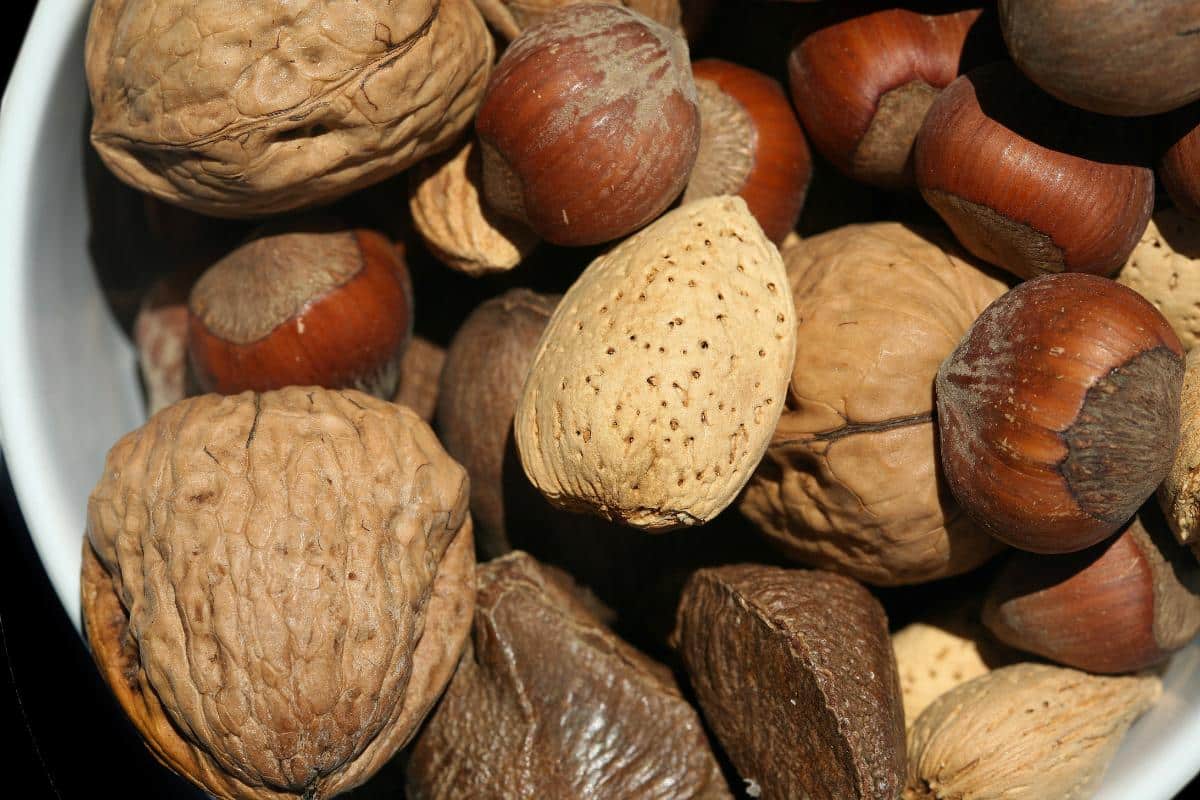
Nuts are a similar situation to seeds that you’re saving for growing and grains you’re saving for eating. Different types of nuts need to go through a curing process to make them ready to eat. They also need to be cured for long-term storage.
If the nut has an outer seed coat or husk, that needs to come off first. Then, just dry at a low temperature of 100 F (38 C) for 8 to 15 hours. Crack a few nuts to see what the nut meat looks like inside. They're done when the nut meat is crisp.
This works well for a variety of nuts, such as walnuts, butternuts, hickory nuts, pecans, and hazelnuts.
7. Drying Other FoodStuffs
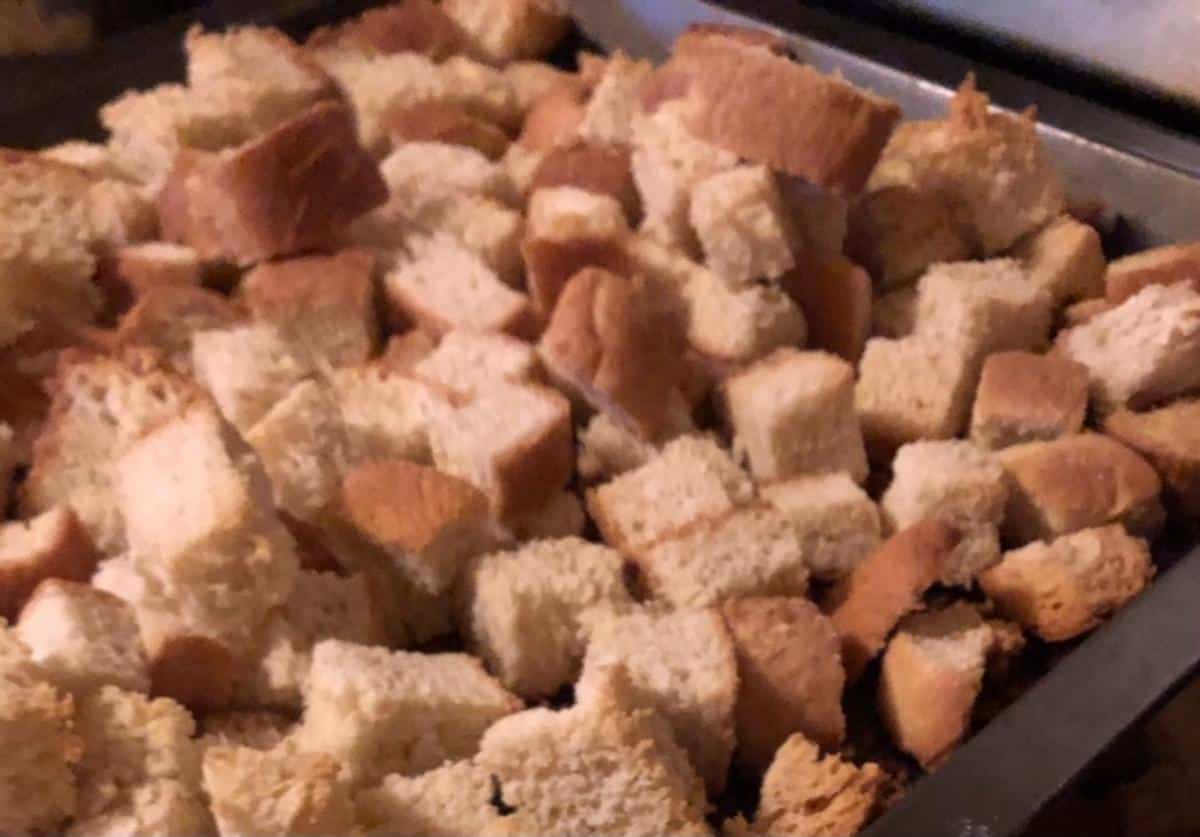
Fruit and vegetables aren’t the only things you should be drying in your dehydrator. Your dehydrator is a great tool for making other types of food, too.
Some of the things you can (and should) be making with your dehydrator are recipes or food items that you’d make basically from scratch. Others are things that you can make with scraps and food leftovers, which can help you maximize your groceries while you reduce food waste.
This helps you get more for all your food dollars and can ultimately save you a lot of money. When you learn how easy it is to make some of these things in your dehydrator, You’ll soon see that you can stop buying many grocery items because you can make them from food and leftovers that you already have.
Some of the items on this list are things you can make in an oven, too, but a lot of them come out much nicer from a dehydrator because they dry (like they should) and don’t overcook or overbake.
Here are some of the food and pantry items you should be making in your home dehydrator:
- Bread cubes
- Croutons
- Bread crumbs (can also be seasoned with dried herbs)
- Granola
- Pumpkin and squash seeds
- Pita chips
- Bagel chips
- Crostini
- Breadsticks
8. Bread Proofing
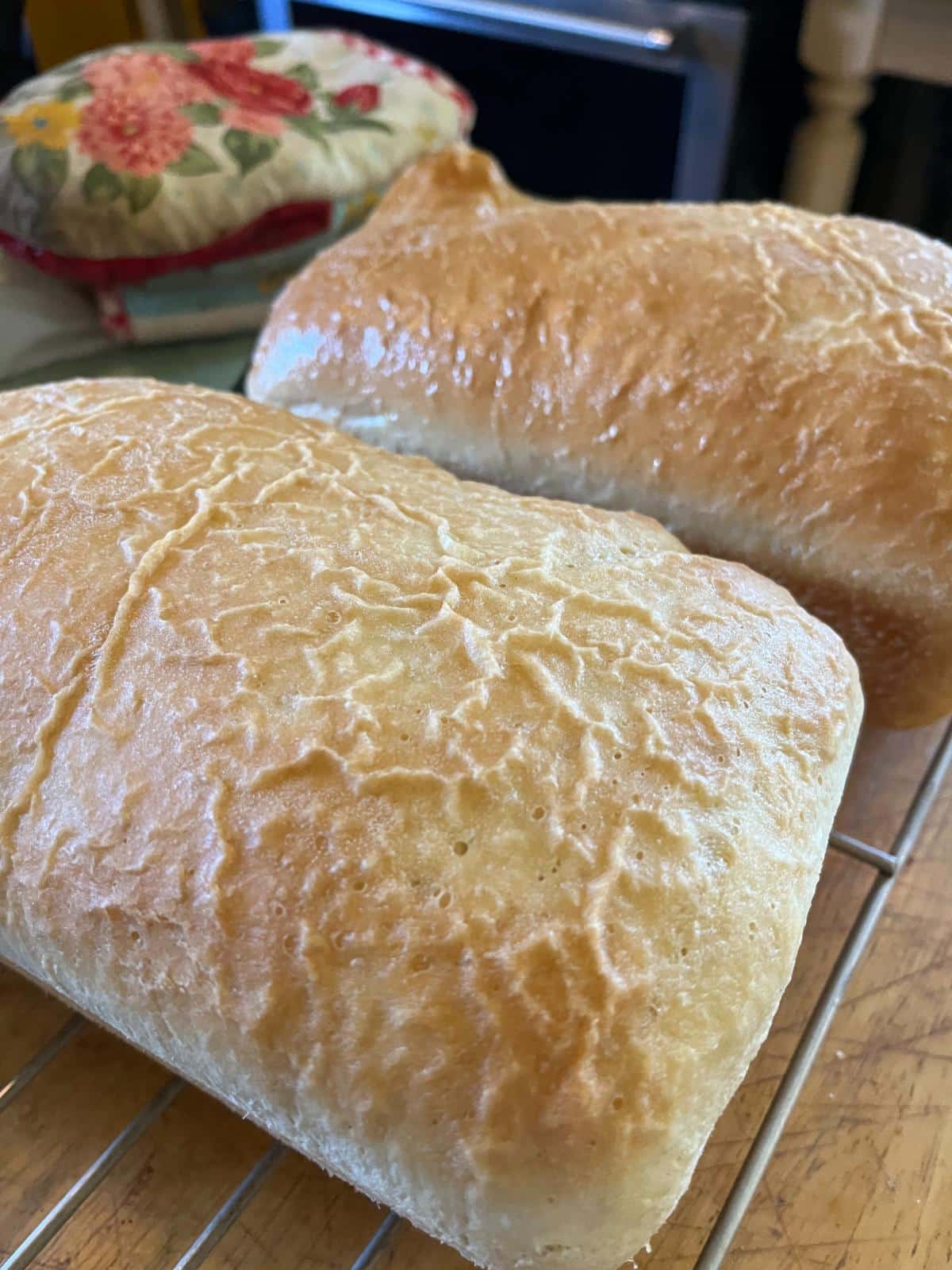
Yes, you can use your box-style dehydrator to proof (rise) yeast bread!
This can speed up rising and can also help eliminate the problem of a too-cold kitchen, drafty space, or slow-rising dough.
- First, preheat your box-style dehydrator to 120 F (49 C) degrees
- Put a shallow bowl of hot water in the bottom
- Then place a tray above it with the covered dough on the tray
- For bread that needs two rises, you can then punch down, put in greased pans, cover, heat the dehydrator again, turn off, and put the pans of dough in to rise for the final time
9. Making Yogurt
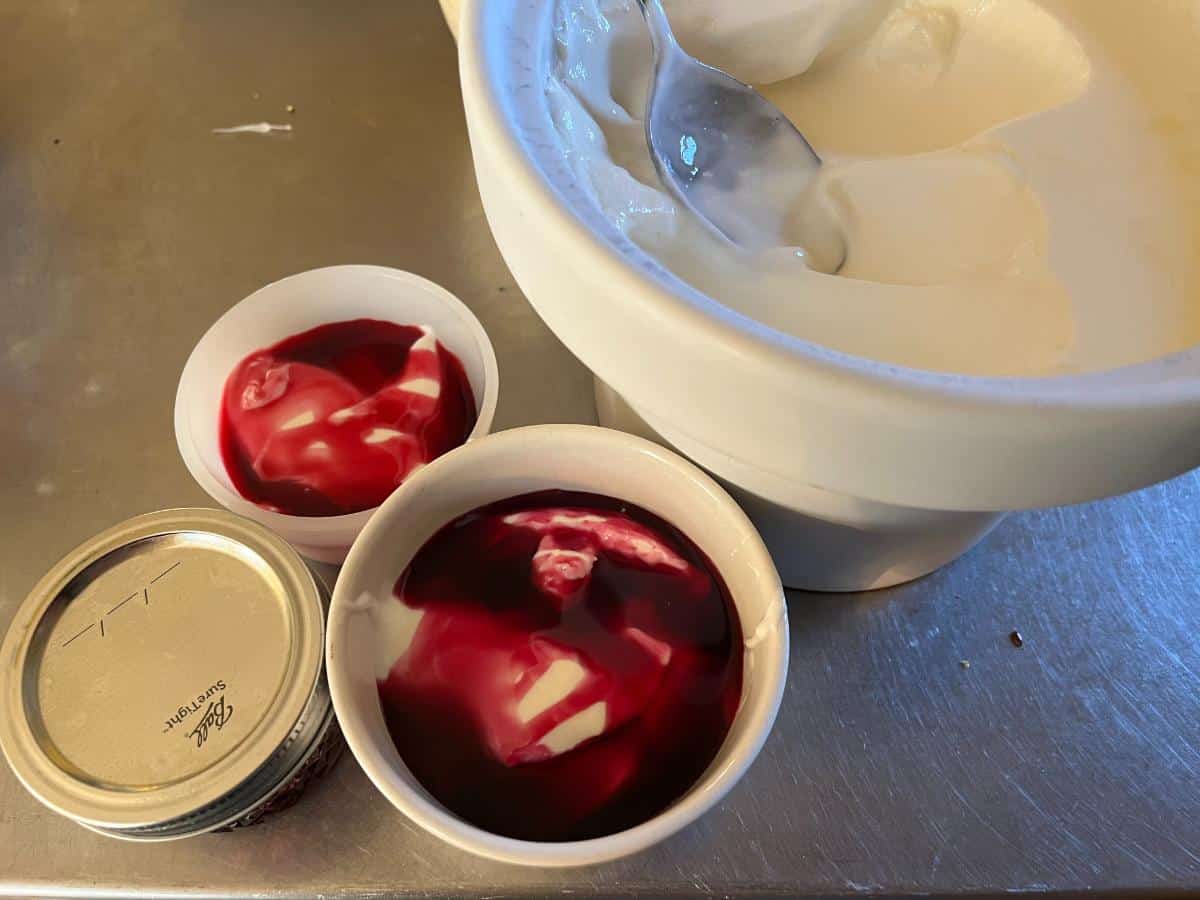
You can also use a box-style dehydrator as a thermal yogurt maker:
- Heat milk in a pan to a temperature of 185℉ (85℃)
- Cool the milk to down to 110℉ (43℃)
- Add starter culture to the milk and stir until evenly mixed
- Preheat the dehydrator to 110℉ (43℃)
- Divide up the milk and culture into half-pint glass canning jars. Cover.
- Maintain a temperature of 110℉ (43℃) in the dehydrator
- Leave the yogurt to culture for four hours, until thick and well set
- If the yogurt is not thickened after four hours, give it more time, checking about every 15 minutes
- Remove to a refrigerator
- The yogurt will firm up a bit more as it cools
10. Recrisping Softened Baked Goods and Groceries
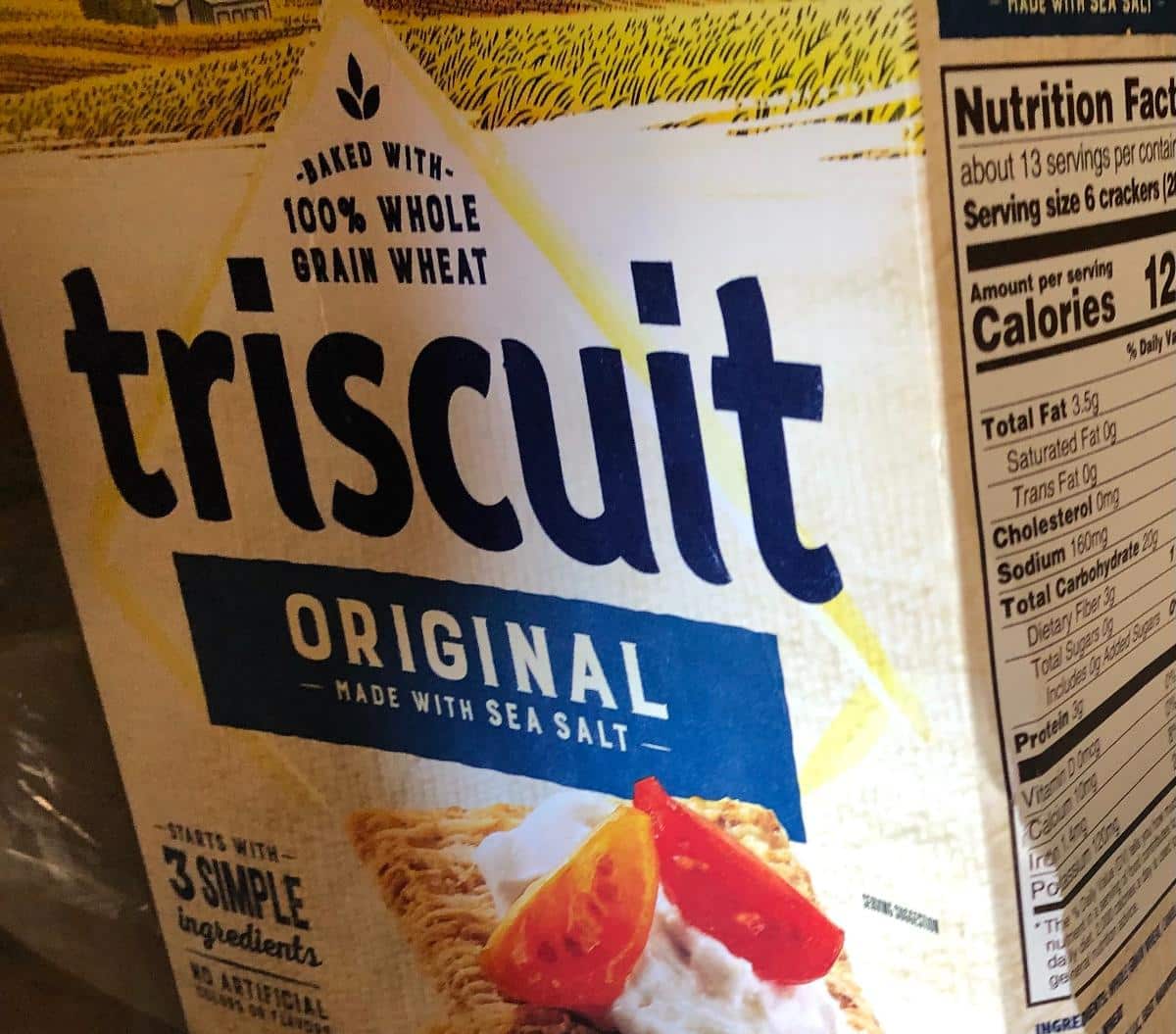
This trick can save a lot of food waste.
If you have dry foods that have gotten a little too moist or stale, recrisp them in the dehydrator. They’ll be as good as new.
Simply spread the items on a drying tray and place in your dehydrator at 145℉ (63℃) for 30 to 45 minutes. Cool before repackaging.
This hack works for things like
- Crackers
- Pretzels
- Cookies
- Cereal
- Tortilla chips
- Similar crispy dry items
11. Pet Treats
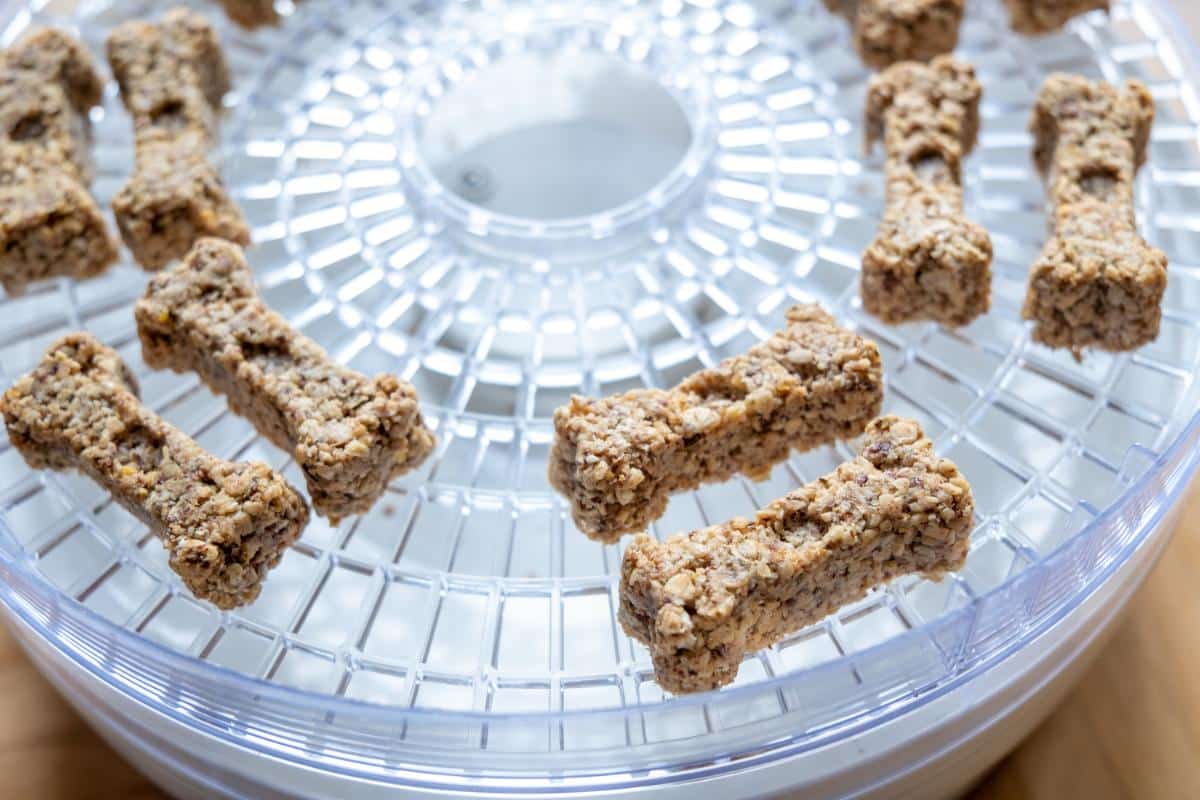
A dehydrator is a good unit for making homemade pet treats. This is especially helpful for people who feed “raw” or prey diets.
There are all sorts of recipes for pet treats and even pet foods that you can make in the dehydrator.
If you are striving for a raw diet, generally, pet foods and treats that are dried at 145℉ (63℃) or below are still considered raw.
You can also use the dehydrator to dry hides for safer, untreated rawhide treats.
Follow recipe instructions for preparation and drying times. This will vary by food or ingredients.
12. Dry Clay Projects (Good for kids’ crafts, bead making, and more)
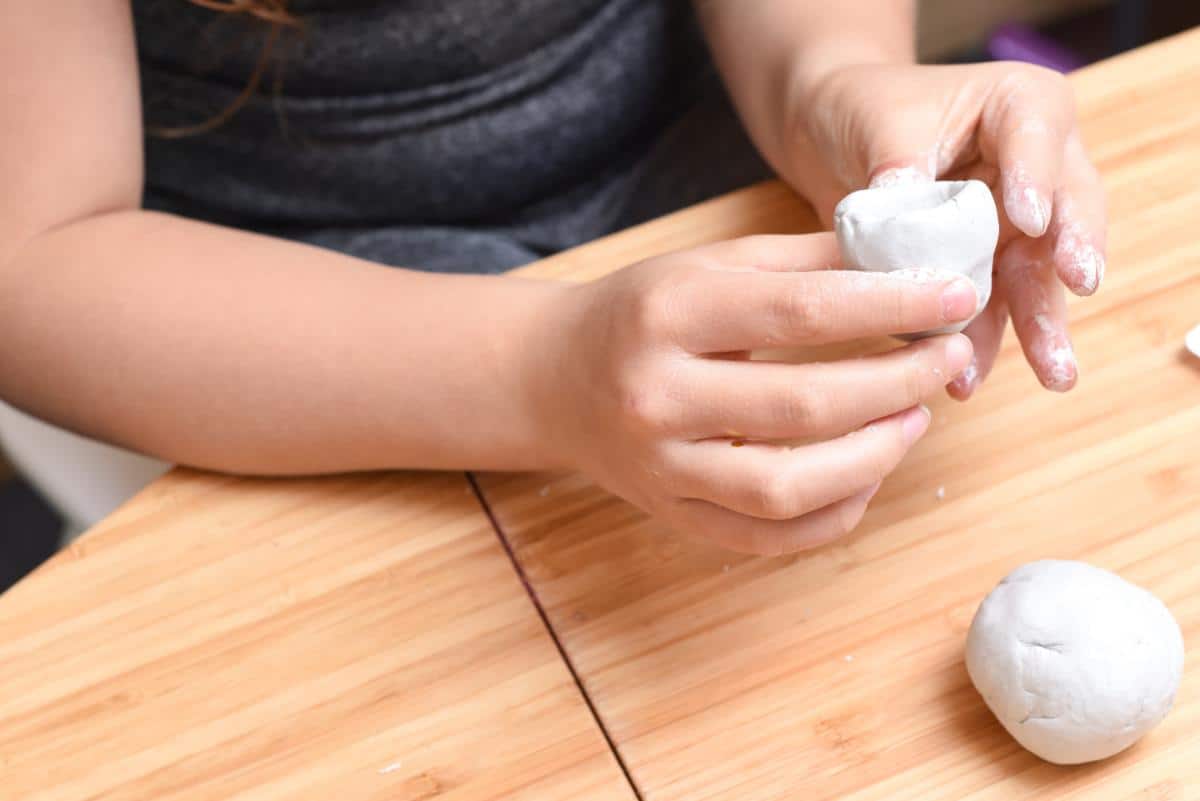
Drying in a dehydrator is not recommended for air dry clay, and it doesn’t replace a true kiln if you need the firmness of a fired product, but if what you are looking for is a low heat to help dry clay projects, your dehydrator is a good option.
This works best for water-based clays and helps to dry them without cracking like air drying often does.
Just run it on its lowest setting and keep an eye on things. Different clays respond differently, so you may want to test it out a time or two before planning on it to dry something that’s really important to you.
This can be a good option when you want to speed up drying for kids’ crafts or gifts, or you’re working with a group, and you want them to be able to safely take their projects home sometime in the near future!
Use the dehydrator on a low setting and dry steadily until firm.
Bonus: Quick Dry Hats and Mittens and Get Back Outside!

Here’s a quick bonus tip.
When you need a fast way to warm up and dry out hats, mittens, and gloves, toss them in the dehydrator!
It’ll warm and dry these small clothing items quickly, so the kids can get back outside to play, or adults can get back out to work -- warmly and comfortably!
More Ways Than One to Use a Home Dehydrator
Clearly, a dehydrator is useful for many more things than just dehydrating fruits and vegetables. This is a truly convenient and useful tool for an active home to have.
Odds are, you’ll find yourself using it a lot more now that you’ve seen so many of the ways you can put your dehydrator to good use!

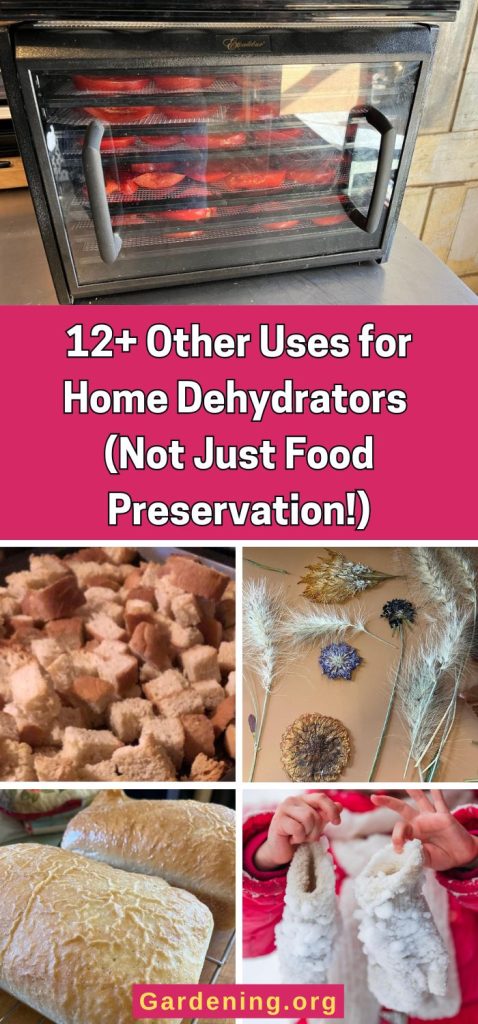
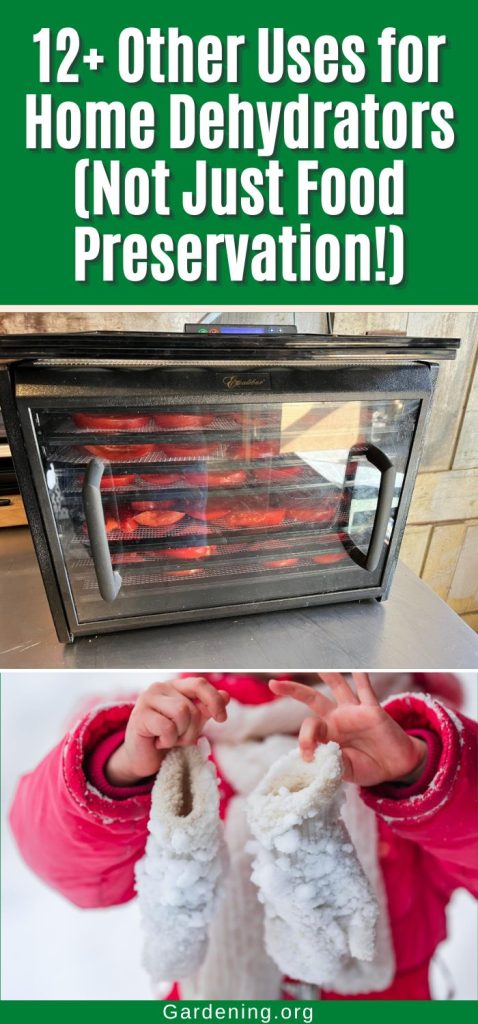
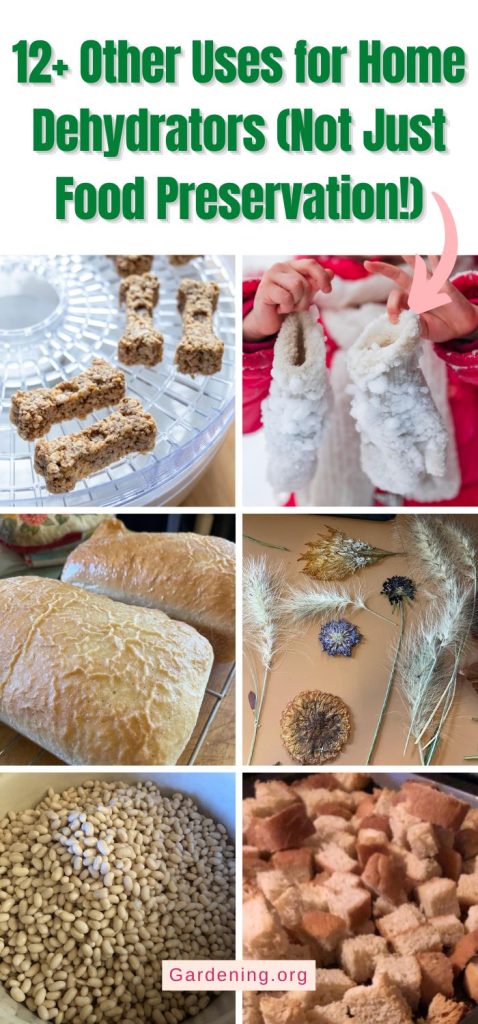
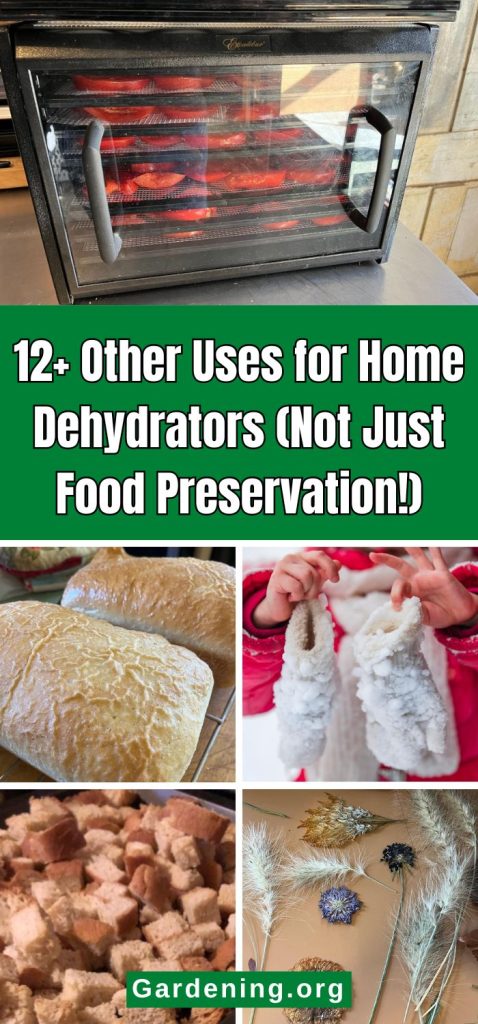




Leave a Reply